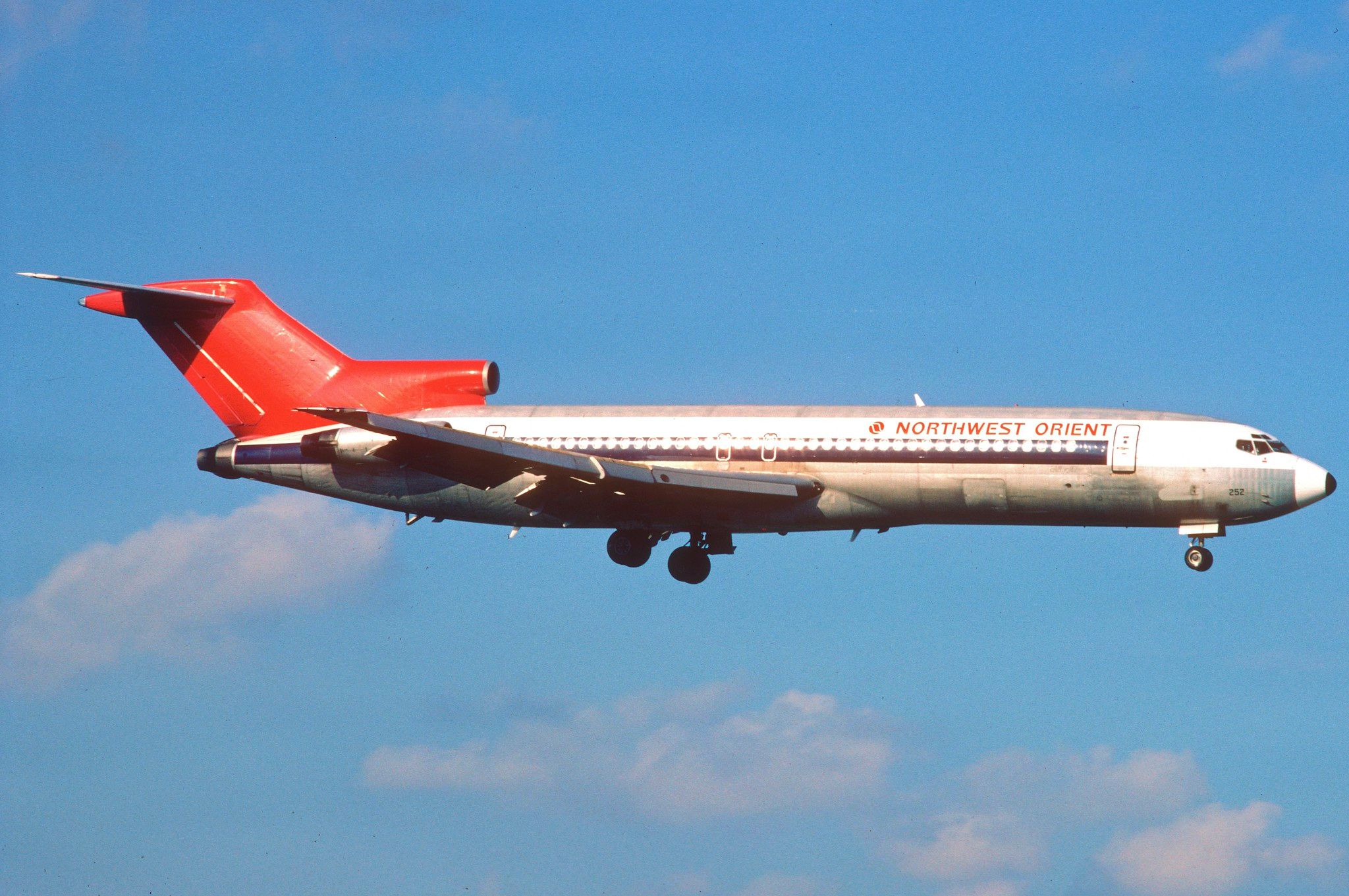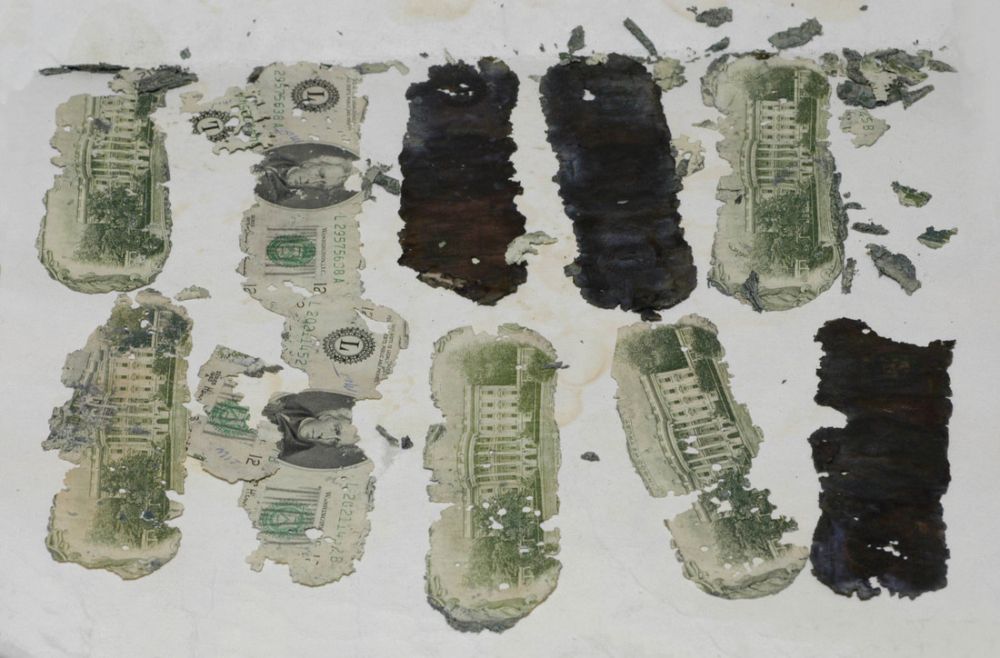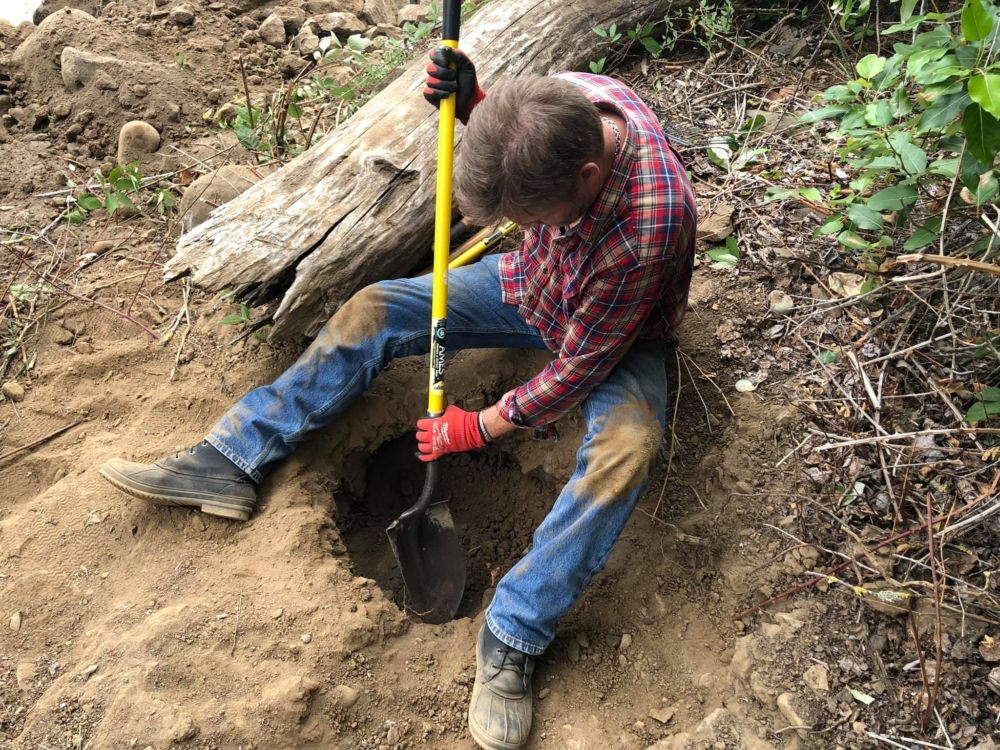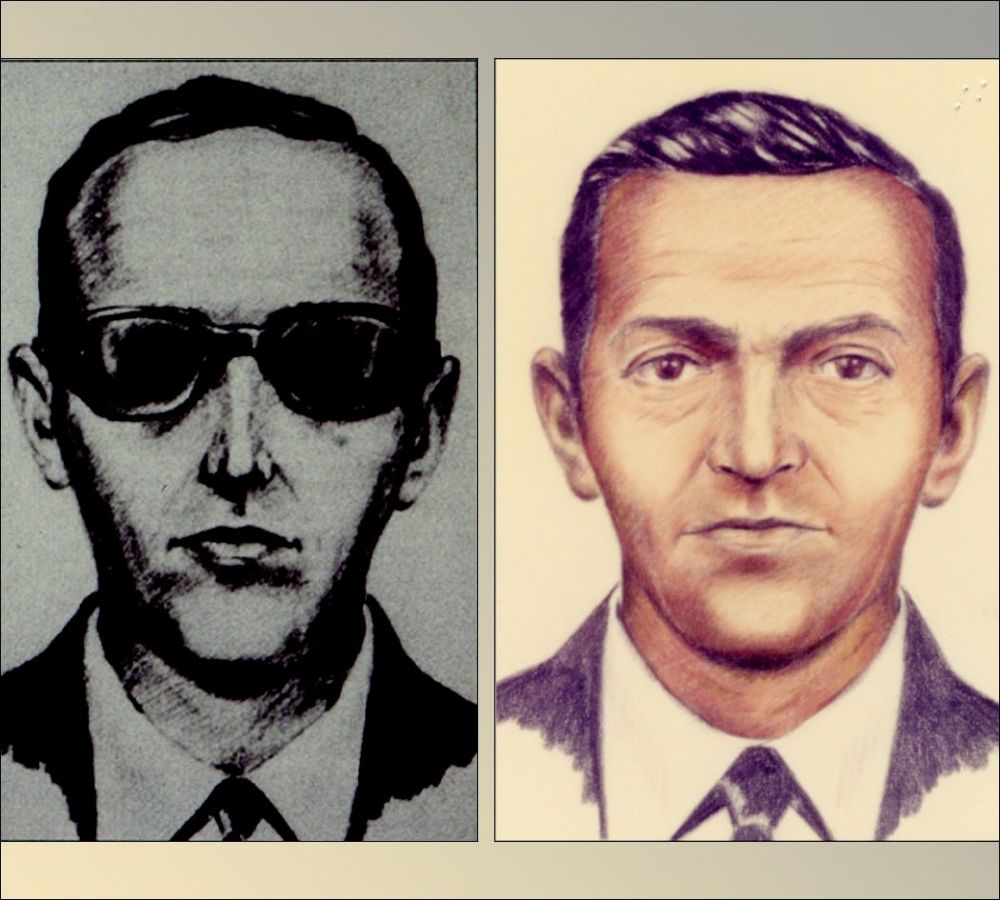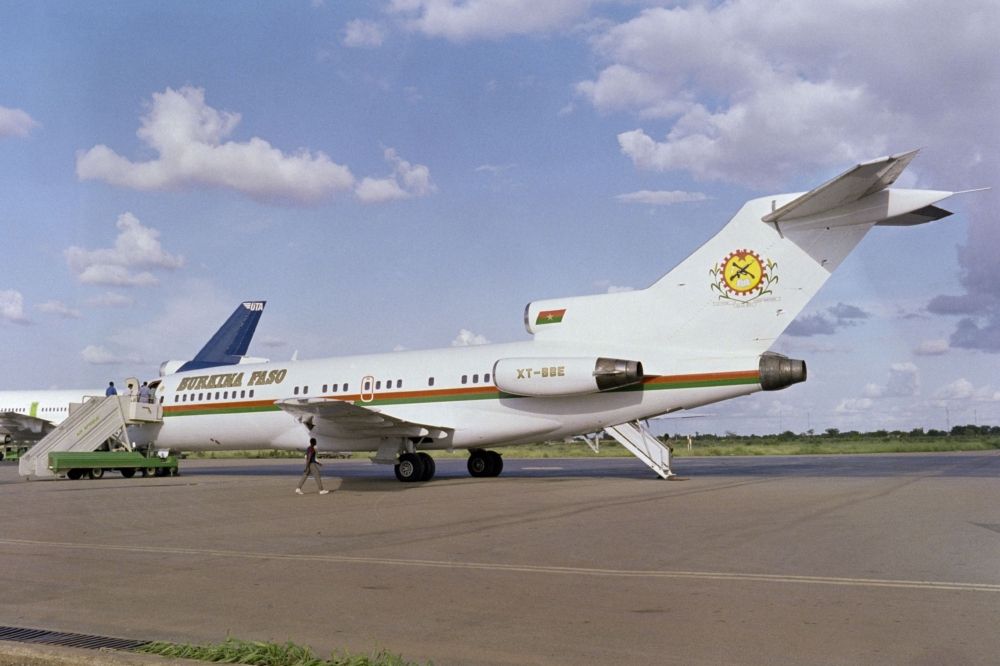Eric Ulis, an amateur historian and star of Discovery’s ‘History’s Greatest Mysteries,' has launched a new dig to find evidence of the elusive skyjacker D. B. Cooper. Ulis will dig a 600 sq. ft. area of the Columbia River, where he hopes to find buried artifacts left by Cooper, including his parachutes. The dig began Friday, and will likely continue into September.
Digging for evidence
An amateur crime historian has begun a dig on a stretch of the Columbia River in Washington, in the hopes of finding evidence of the mysterious skyjacker known as D. B. Cooper. Eric Ulis began his dig on Friday, and expects it to continue into September as he seeks to unearth buried items belonging to the fugitive.
Ulis is targeting a stretch of the riverbank where a boy discovered some $6,000 of Cooper’s ransom money back in 1980, identified by its serial numbers. He believes that more evidence was buried here, including the parachutes used to escape the plane, but that it is spread across several smaller holes rather than one big one.
The dig is being live-streamed on a private Facebook page called D.B. Cooper: Mystery Group. It will cover an area of some 600 sq ft around the area where the money was found. The FBI spent 45 years searching for D. B. Cooper, but gave up in 2016, believing their resources were better used elsewhere. So why does Ulis believe he can do better?
The theory behind his plan comes down to misinterpreted flight paths. The Boeing 727, which Cooper had hijacked, was flying low and slow, at around 10,000 feet. The US Air Force had dispatched two F-106 chase planes to track the aircraft from McChord Air Force Base. These jets struggled to fly as slow as the Boeing, and had to make several S-turns and even some 360 degree turns to keep pace with the airliner.
Subsequent investigations relied on the flight path to try and determine Cooper’s drop zone. However, Ulis believes that the flight paths that have been used to date are those of the F-106s, not the 727. This, he says, has thrown the entire investigation off course, and left investigators searching in the wrong locations. Ulis said on his website,
“This theory explains the data used to craft the FBI flight path, explains the actual flight path of 305 and answers a lot of other questions related to the “missing minute,” erratic flight path, sharp turn at PDX, and much more as it pertains to the evidence. In totality, this theory ultimately explains how DB Cooper managed to avoid capture. Simply put, the authorities were looking in the wrong area.”
Whether Ulis will turn up any further evidence of Cooper with his dig remains to be seen.
Who was D. B. Cooper?
For the uninitiated, D. B. Cooper is the pseudonym given to a man who boarded a $20 Northwest Orient flight from Portland to Seattle in November 1971. He was smartly dressed, with a suit and tie, and introduced himself to the cabin crew as Dan Cooper. He ordered a bourbon and soda, and calmly passed a note to the flight attendant. The note read,
“Miss, I have a bomb and would like you to sit by me.”
The man demanded $200,000 in cash and four parachutes when the plane landed in Seattle. He allowed the other passengers to leave, but instructed the pilot to take off again, in the direction of Reno, Nevada. But Dan Cooper never made it to Nevada.
Somewhere over southwestern Washington, he lowered the aircraft’s rear stairs and jumped. Or at least that’s the theory. Some have questioned whether, even at a low altitude of 10,000 feet, anyone would have jumped into the pitch-black night, in the pouring rain and with 200 mile an hour winds to contend with, and survived.
Although there have been numerous theories, tip-offs and suspects over the years, the FBI never found the culprit. In 2016, the case of the ‘Northwest hijacking’ or NORJAK was abandoned by the authorities. It remains America’s only unsolved skyjacking incident in history.

